Description
hardware flow control. It is an ideal choice in the field of industrial automation.
Design of ABB industrial robot deburring and grinding workstation based on RobotStudio simulation software
introduction
As an official offline programming software for ABB robots, Robotstudio not only has powerful simulation and offline programming functions, but also has automatic path generation
function and simulation monitoring collision function. It can realize the simulation of robots in real scenes, so as to timely update existing robot programs. optimize. On-site teaching
programming will affect normal production activities on site.
The application of Robotstudio software offline programming can reduce on-site teaching and programming time.
As a traditional process of mechanical processing, deburring and grinding have a wide range of applications. However, for a long time, in the process of manual deburring
and polishing, there have been differences in operations between workers. The manual operation is not repeatable and the deburring effect is unstable, which has seriously
affected the surface quality and service life of the finished product; and the working environment There is a large amount of dust floating in the air and the conditions are harsh,
seriously endangering the physical and mental health of workers. With the proposal of “Made in China 2025”, intelligent manufacturing production has become an
important development direction for the transformation and upgrading of the future manufacturing industry. The use of industrial robot automated production lines for repetitive
batch processing operations can not only greatly improve production efficiency, but also greatly improve product quality. Yield and production stability. Therefore, before designing
the robot polishing program, if the shape, size and polishing amount of the workpiece to be polished are known, the robot offline program can be written on the
Robotstudio software according to the existing conditions, thereby improving the efficiency of on-site programming.
1Design task description
This task is to create a new simulation workstation in ABB robot simulation software Robotstudio. The corresponding training equipment in reality is the Yalong
YL-l360A industrial robot deburring and grinding system control and application equipment. The industrial robot selection and method of the simulation workstation are
The grinding head installed on the blue plate refers to the Yalong YL-l360A industrial robot deburring and grinding system control and application equipment, and the
workpiece is customized. The ABB industrial robot deburring and
grinding workstation simulation training process includes: creating a workstation, setting up tools, creating smart components, creating tool coordinate systems,
creating trajectories, programming, simulation design, and verification.
2 Task implementation
2.1 Create a workstation
Import the robot: First, create a new simulation workstation in the Robotstudio software. The workstation name is self-named, and then import the
corresponding industrial robot IRB1410. The robot position remains unchanged by default. Create a robot system, modify the system options, check 709-1D
eviceNetMaster/s1ave, select Chinese as the language, and leave the other options unchanged by default, then click Confirm to create the robot system
After the robot system is created, hide the industrial robot IRB1410 to facilitate subsequent workstation operations.
Import workpiece: The workpiece here is customized, and the corresponding workpiece is selected according to the actual situation on site. This article
uses the original workpiece Curvet in Robotstudio software. After importing it into the workstation, according to the reachable range of the robot, just place the
workpiece at a suitable location within the reachable range of the robot, as shown in Figure 1.
Import the grinding rotor tool: First, create a new grinding rotor tool component – rotor – copy (2) and rotor – copy (2) in the so1idworks 3D software. The
rotor – copy (2) is a rotatable grinding rotor. —The copy is the tool body, which is the grinding rotor frame, and is installed on the robot flange, as shown in Figure 2.
2.2 Setting tools
First, move the rotatable grinding rotor and the tool body to the local origin based on point A, and adjust the initial tool angle so that the grinding rotor is
parallel to the x-axis of the geodetic coordinate system, as shown in Figure 3. Set the local origin of the tool body at this time, change the position x, y,: to 0, 0, 0, and change the direction x, y,: to 0, 0, 0.
Figure 3 Tool settings
Create a new frame at point B of the tool body, name it “frame l”, and adjust the direction of frame l so that the axis is perpendicular to the
plane of point B. The specific direction is shown in Figure 4.
https://www.xmamazon.com
https://www.xmamazon.com
https://www.plcdcs.com/
www.module-plc.com/
https://www.ymgk.com
F3322 | HIMA | F 3322 16 fold output module
F5220 | HIMA | F 5220 2 fold counter module
F3248 | HIMA | F 3248 16-fold input module
F3240 | HIMA | F 32404 16-fold input module
F3237 | HIMA | F 3237 16-fold input module
F3224 A| HIMA | F3224A 4 16-fold input module
F3223 | HIMA | F 3223 4 fold input module
F3222 | HIMA | F 3222 digital input module
F3221 | HIMA | F 3221 16-fold input module
F7126 | HIMA | F 7126 power module
F7130A | HIMA | F 7131 power module
F7126 | HIMA | F 7126 power module
F8653X | HIMA | F8653X Central module
F8651X | HIMA | F8651X controller module
F8652X | HIMA | safety-related CPU
F8652X | HIMA | F 8652X safety-related CPU
F8653X | HIMA | F8653X Central module
B5233-2 | HIMA | B 5233-2 Assembly kit
B5233-1 | HIMA | B 5233-1 Assembly kit
B5231 | HIMA | B 5231 Assembly kit
B4237-2 | HIMA | B 4237-2 Assembly kit
B4237-1| HIMA | B 4237-1 Parts of the assembly kit
B4235 | HIMA | B 4235 Assembly kit
B4233-2 | HIMA | B 4233-2 Parts of the assembly kit
SPBRC410 | ABB | Analog output module
SPASO11 | ABB | Analog output module
SPAJ140C-CA | ABB | Overcurrent and Ground Fault Relays
SNAT7640 3BSE003195R1 | ABB | Sell Control System Parts
YPK111A/YT204001-HH | ABB | control system parts
YPK107E/3ASD489301A410 | ABB | control system parts
YPI103E/YT204001-FB | ABB | off-the-shelf module
YPG111A 3ASD273001B1 | ABB | terminal interface
YPG110E YT204001-FD/1 | ABB | off-the-shelf module
DCF1048880P0001 YPC111B | ABB | YPC 111B adapter module
YL681001-AB | ABB | speed terminal
XZ727A-E GJR2323300R0001 | ABB | Bailey module
XV C768 AE102 | ABB | XVC768AE102 adapter module
XT376A-E HEIE420158R1 | ABB | module
B4231 | HIMA | B 4231 system module
XR8981V3 HEIE431105P1 | ABB | adapter module
XT377E-E HESG446624R1 | ABB | module
UT735A-E GJR2328100R0001 | ABB | adapter module
UT635A-E GJR2910300R0001 | ABB | Programmable Control System
ZMU-02 3AUA0000151291 | ABB | Inverter memory card
3AUA0000040000 RUSB-02 | ABB | Laptop Cable Kit
UAD142A01 3BHE012551R0001 | ABB | Extended output power supply
REU615 | ABB | Voltage Protection and Control Relays
UNITROL 1020 UNS0119A-Z,V1 3BHE030579R0003 | ABB | Excitation System
SPHSS03 | ABB | Hydraulic Servo Module
REM615E_1G HBMBCAAJABC1BNN11G | ABB | Feeder Protection and Control Relays
UAD155A0111 3BHE029110R0111 | ABB | Distributed Control System Module
CS513 3BSE000435R1| ABB | communication interface module
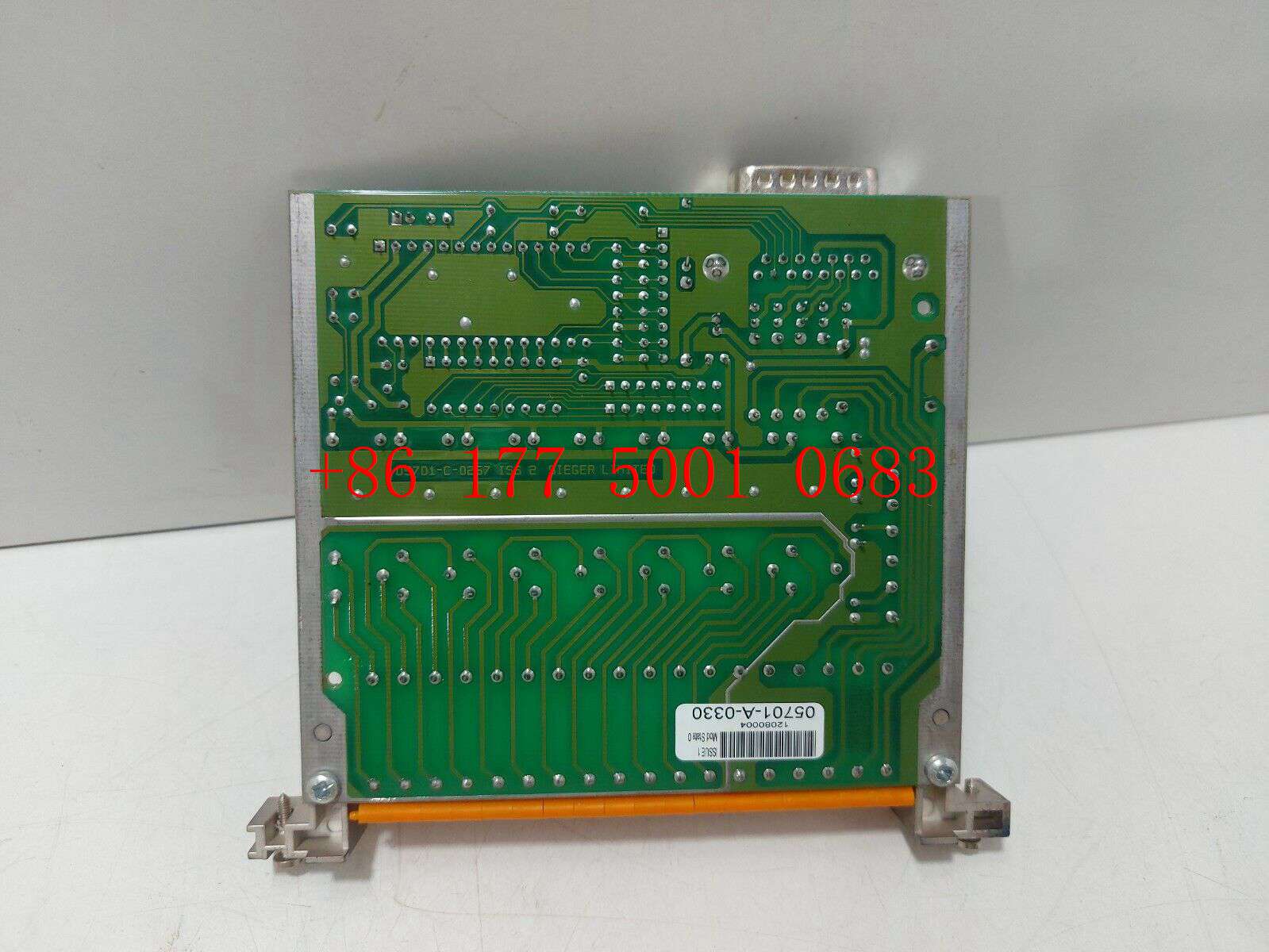
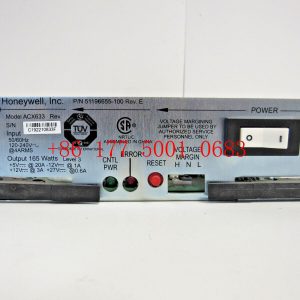
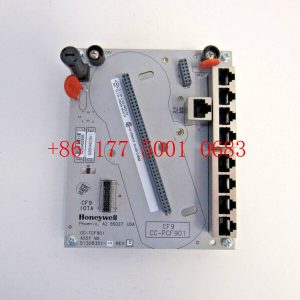
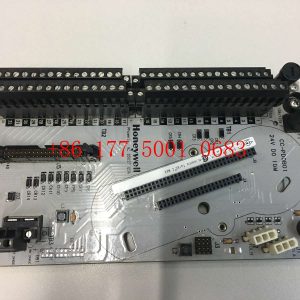
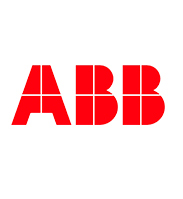



Reviews
There are no reviews yet.